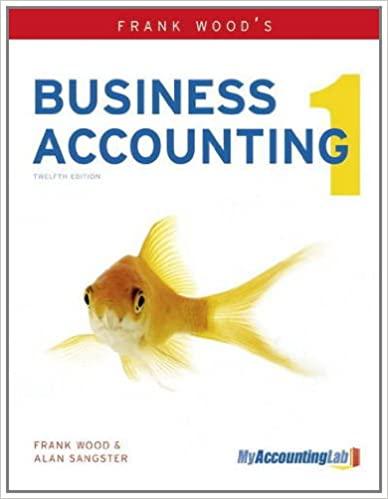Question
Inventoriable costs; lower of cost or market; retail inventory method Hudson Company, which is both a wholesaler and a retailer, purchases its inventories from various
Inventoriable costs; lower of cost or market; retail inventory method
Hudson Company, which is both a wholesaler and a retailer, purchases its inventories from various suppliers. Additional facts for Hudsons wholesale operations are as follows:
a) Hudson incurs substantial warehousing costs.
b) Hudson values inventory at the lower of cost or market. Market is below cost of the inventories.
Additional facts for Hudsons retail operations are as follows:
a) Hudson determines the estimated cost of its ending inventories held for sale at retail using the conventional retail inventory method, which approximates lower of average cost or market.
b) Hudson incurs substantial freight-in costs.
c) Hudson has net markups and net markdowns.
Required:
1) Conceptually, in which account should Hudson report the warehousing costs related to its wholesale inventories? Why?
2a) Inventory valued at the lower of cost or market is an example of which principle in accounting?
2b) At which amount should Hudsons wholesale inventories be reported in the balance sheet?
3) In the calculation of the cost-to-retail percentage used to determine the estimated cost of its ending retail inventories, how should Hudson treat:
a) Freight-in costs?
b) Net markups?
c) Net markdowns?
4) How does Hudsons treatment of net markdowns affect the cost-to-retail percentage?
Step by Step Solution
There are 3 Steps involved in it
Step: 1

Get Instant Access to Expert-Tailored Solutions
See step-by-step solutions with expert insights and AI powered tools for academic success
Step: 2

Step: 3

Ace Your Homework with AI
Get the answers you need in no time with our AI-driven, step-by-step assistance
Get Started


